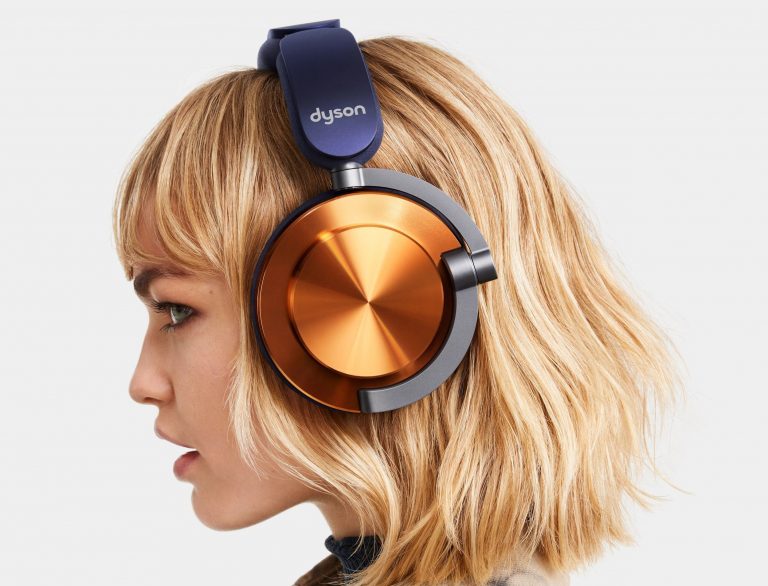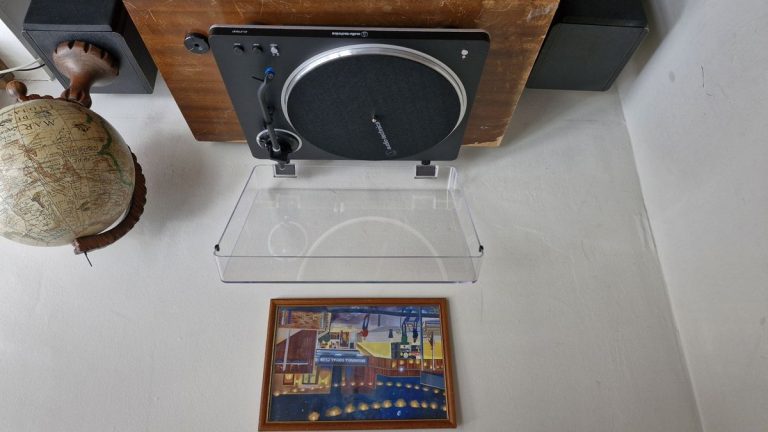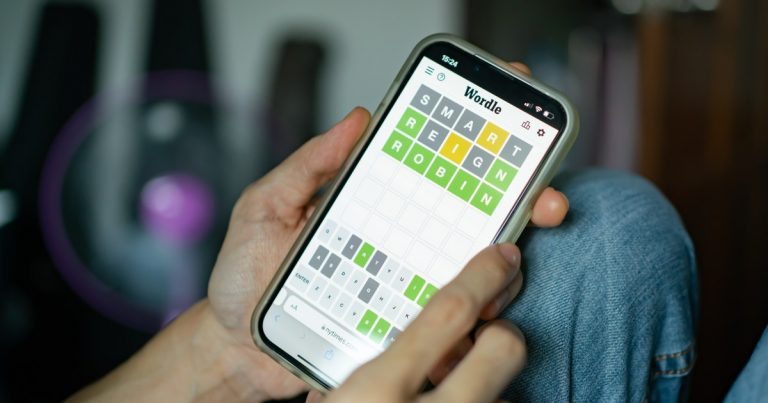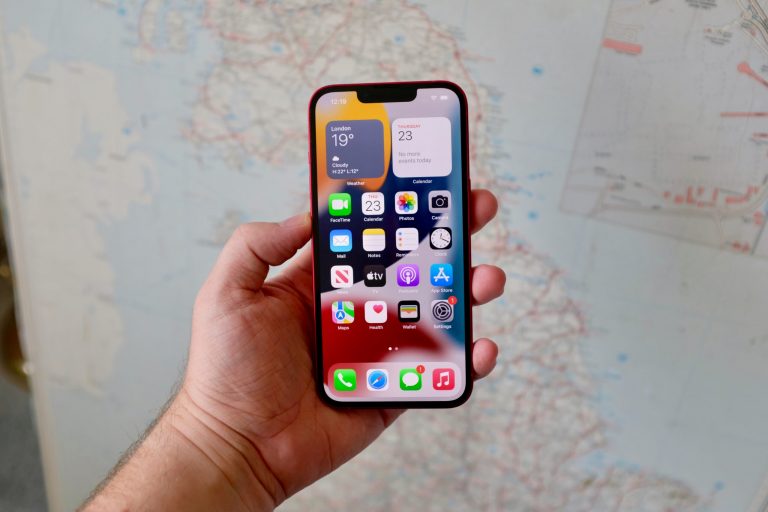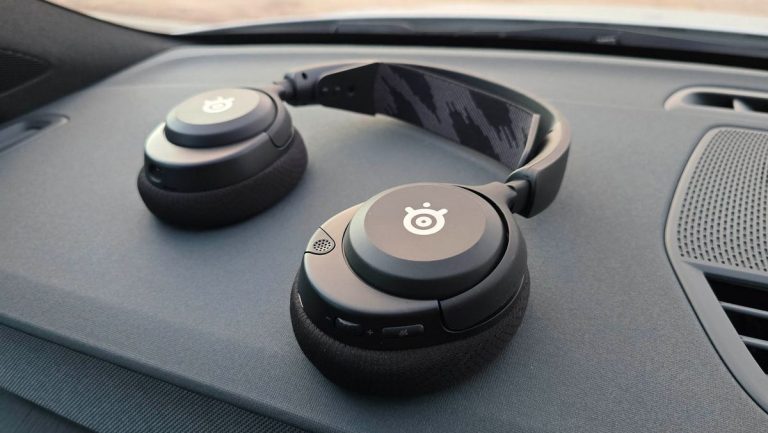Effortless Wellness Tracking: Streamlined Habits for a Healthy, Stress-Free Life
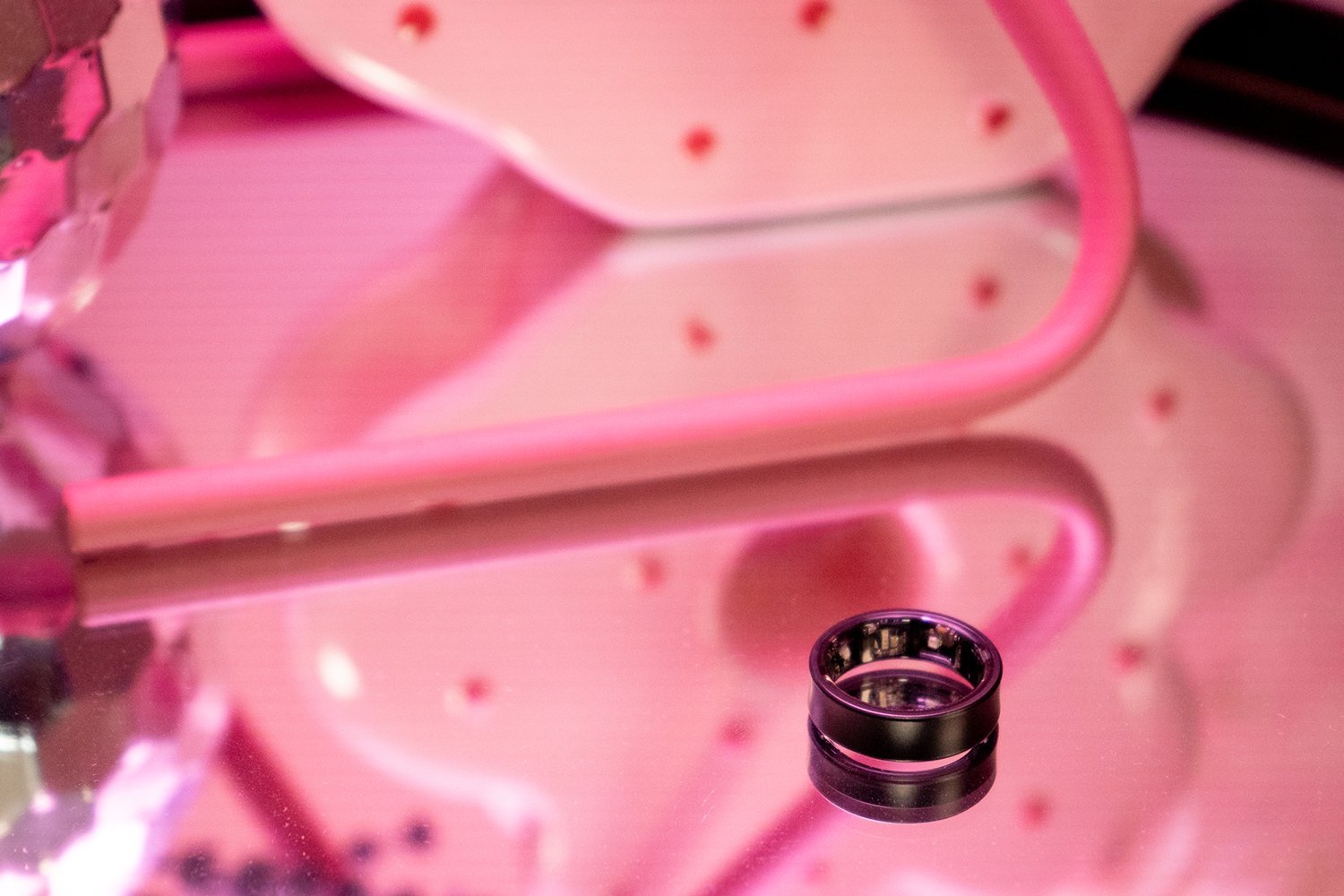
I’ve been waffling back and forth on my feelings about the Samsung Galaxy Ring for a few months now, and it’s taken me a while to finally write about it. When I brought it on vacation in late July, I hated it. It offered little utility in my travels beyond tracking metrics I wasn’t actively paying attention to during leisure time. I put it away in its futuristic-seeming see-through charging case and switched to the OnePlus Watch 2R the rest of the way.
But when I returned from my travels, I felt exhausted by the weight of the OnePlus Watch 2R. Never mind that it’s a bigger screen than I’m used to, but having to be that present for a gadget on my person and my smartphone added to the load. It was everything and too much at once, and I’m not just talking about the jetlag. I put the smartwatch down and switched back to the Galaxy Ring, which quickly became a part of my recovery as I retrained my body to go to bed and wake up earlier. I haven’t taken it off since.
Samsung did a great job with its first-generation smart ring. I no longer care about wearing a smartwatch, especially for daily maintenance exercise. The Galaxy Ring tells me everything I need to know: how many steps I walked, when my heart rate spiked from stress, and how well I slept. It tracks my walks through the neighborhood and hikes up the hill near my house when I want something more challenging. I still need a smartwatch for more sophisticated situations, like swimming laps at the community pool or tracking my heart rate during a Peloton-assisted boot camp. But it feels like I’m only bringing out the watch occasionally, as I’m living life just fine with merely the Samsung Galaxy Ring.
I’ve had the Galaxy Ring on my left index finger for the last few months, and it’s become an accessory in my daily routine. I wash my hands and dishes with it on, and I even took it out with me when I rode a swing set with my daughter. The ring comes in three titanium finishes: plain black, gold, and silver. If you want a smart ring that blends with regular jewelry, go for the two metallic finishes. The plain black one sometimes feels too gadgety when I wear it alongside my favorite big stone rings.
One thing I’ve noticed is that the Galaxy Ring isn’t great at tracking serious workouts or activities. If you’re walking, hiking, or biking, those are all fine. But I took the Galaxy Ring swimming, which gave me nothing about my heart rate during laps or how far I swam. I usually get that kind of information from a smartwatch.
The other discrepancy is related to the Galaxy Ring tracking blood oxygen levels during sleep. If you thrash in your sleep, you could pin down your finger and thus get the more alarming readings. Samsung Health claimed I hover around 85-89% in blood oxygen levels most nights, which I’m quickly reminded is the kind of reading that would send you to the hospital. I wouldn’t rely on this data unless you’re explaining to the person surveying it that there’s a bit of a flaw with how the Ring tracks blood oxygen through the night.
The most annoying part about wearing a smart ring over a smartwatch is that you must bring your phone anywhere if you’re doing more than simply existing. I bring my phone with me anyway to stream music to my headphones on a jog, but theoretically, I wouldn’t need to do that if I have a smartwatch on—it usually has onboard storage to bring music on the go without the bulk. You’ll also rely heavily on the phone for insights into your daily stats. Every morning, rather than checking the display on my wrist, I grab my phone and sync it to the ring to see how I slept. It’s not a routine I’m proud of, but I’m reaching for that device anyway to snooze the alarm.
Because there is no display on the Ring itself to interact with, everything you do, from programming the device to checking your stats, involves dealing with the Samsung Health app. Now, this app has gotten much more sophisticated since its early days. I’ve been using it to track my health data since 2019, and it integrates easily with Google Fit and Android’s Health Connect, so you can share that data with third parties like Strava without worrying about double-ups.
One thing I’m not yet convinced that Samsung Health can do is coach me on developing better habits. I mean, it sort of worked with the app’s Energy Score, which is reminiscent of FitBit’s Daily Readiness score, and I generally looked to it for a marker of where my “health” was headed. But the advice it gives me without factoring in every other part of why my issues are what they are is unfairly taunting. Rather than ask me how I’m doing and whether I’m dealing with an illness—the app doesn’t even know I have one, it never bothered to ask—it accused me of compromising my sleep, immediately assuming I had had alcohol or a snack before bed. The way it’s worded is accusatory in tone, and I’m shocked this dialogue was a part of the rotation.
If you’re training for something, or you’ve picked up your exercise routine and want more stats, you’ll have to stick within the Samsung ecosystem. The Galaxy Ring works best with at least a Samsung smartwatch in tow, and there are a few gestures available only on Samsung smartphones. We’re still waiting on our Galaxy Watch 7 review unit, but I already know that wearing the Galaxy Ring and, say, the Pixel Watch simultaneously gets messy. You’ll have to choose which wellness suite to prioritize syncing with Google Fit, and the data won’t correlate. At least if you have a Galaxy Watch on you, Samsung Health knows when to switch off tracking duties for more detailed workout data.
The Galaxy Ring is one of the more expensive smart rings on the market, but at least you can fully integrate the data with other services without too much trouble. If passive health tracking is your modus operandi and you want to promote more wellness for yourself, you’ll have an easy time justifying the $400 price tag, especially if you’re already knee-deep in the ecosystem. The only bummer is that those blood oxygen levels it reads out are seriously alarming. I imagine that’s something Samsung will try to fix with an algorithmic change or, at the very least, a disclaimer.

